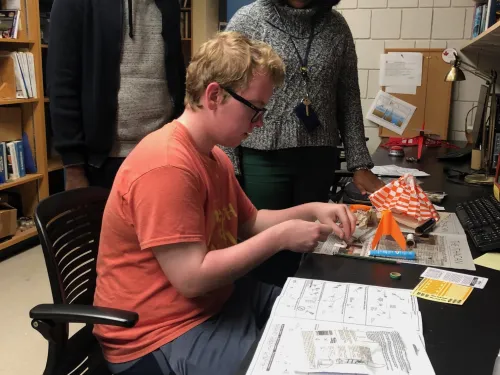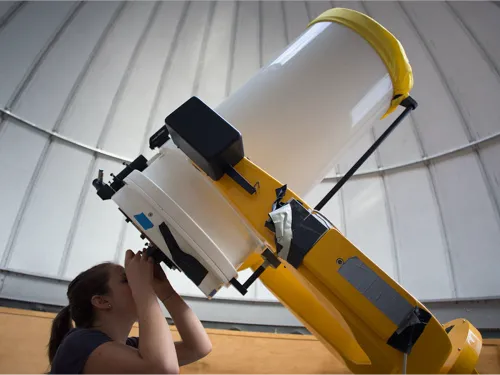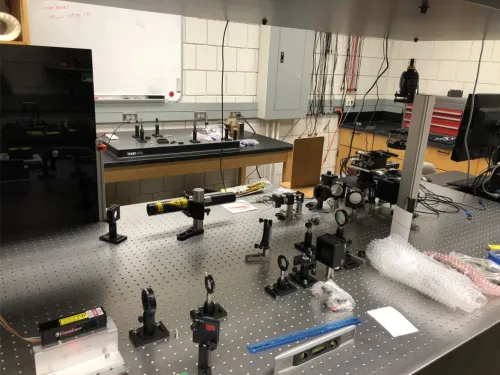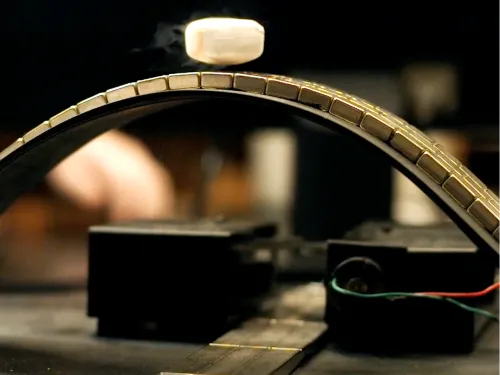A signature aspect of the physics and astronomy department at Ithaca College is undergraduate research, in which faculty and students collaborate on innovative projects that push forward the bounds of knowledge.
We offer a range of research opportunities during the academic year and during the summer. Explore the exciting research ongoing in the department using the links on this page, then contact individual professors to learn more and get involved!






